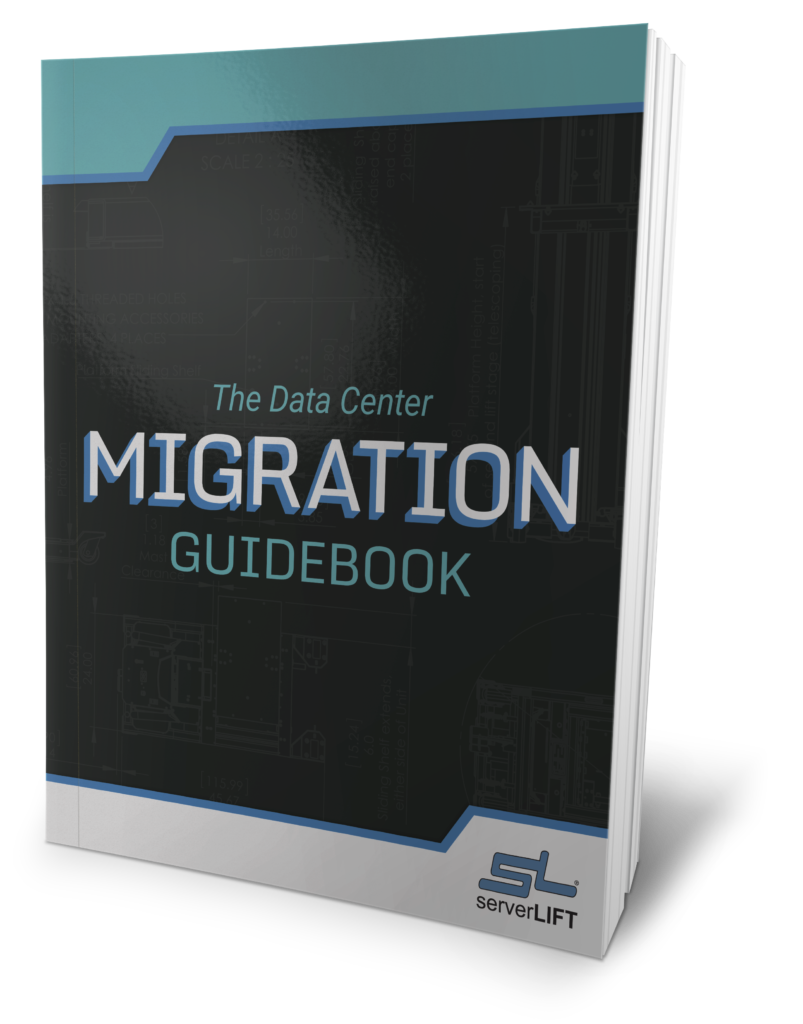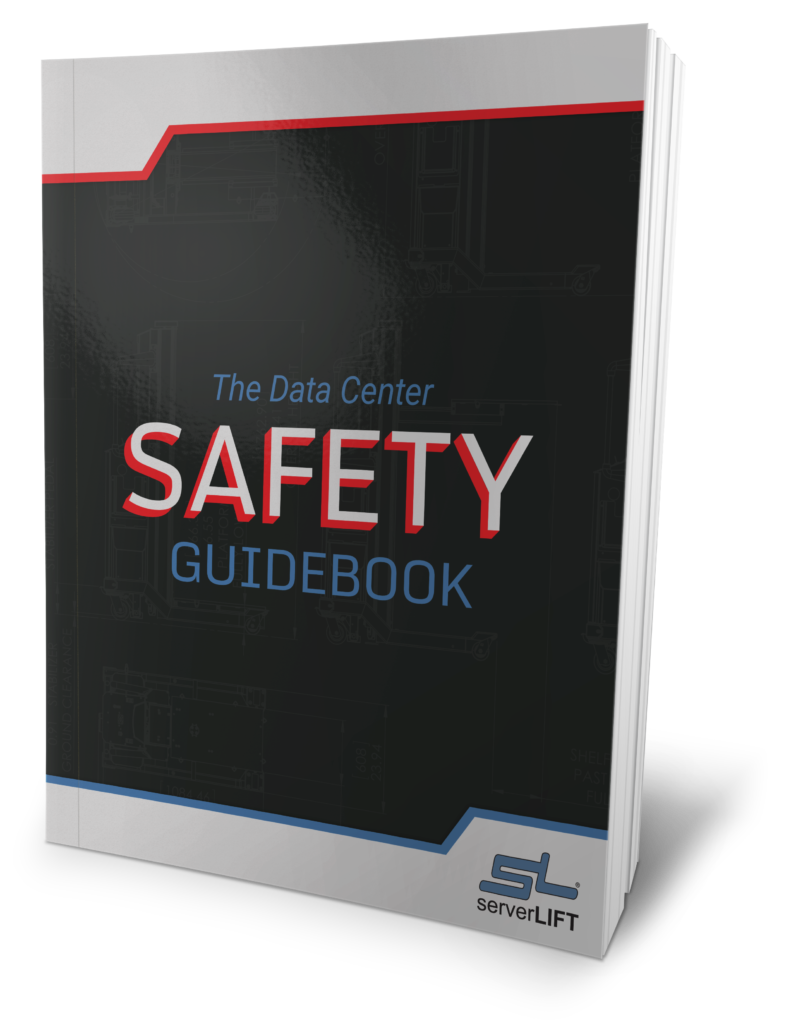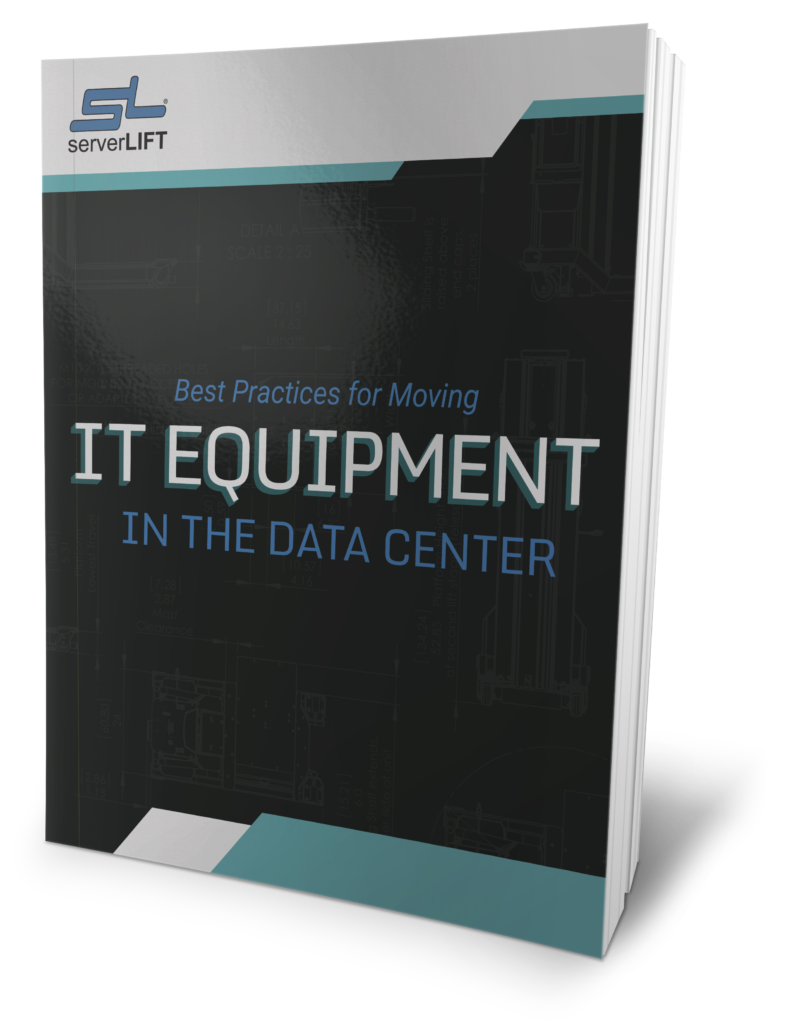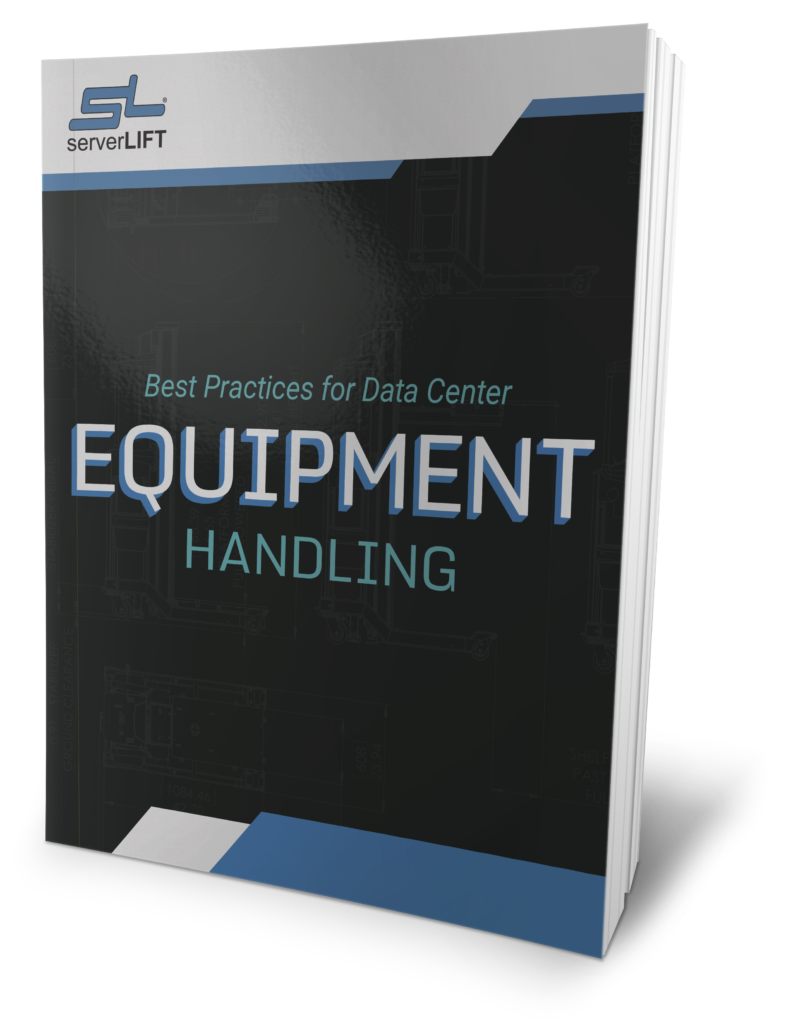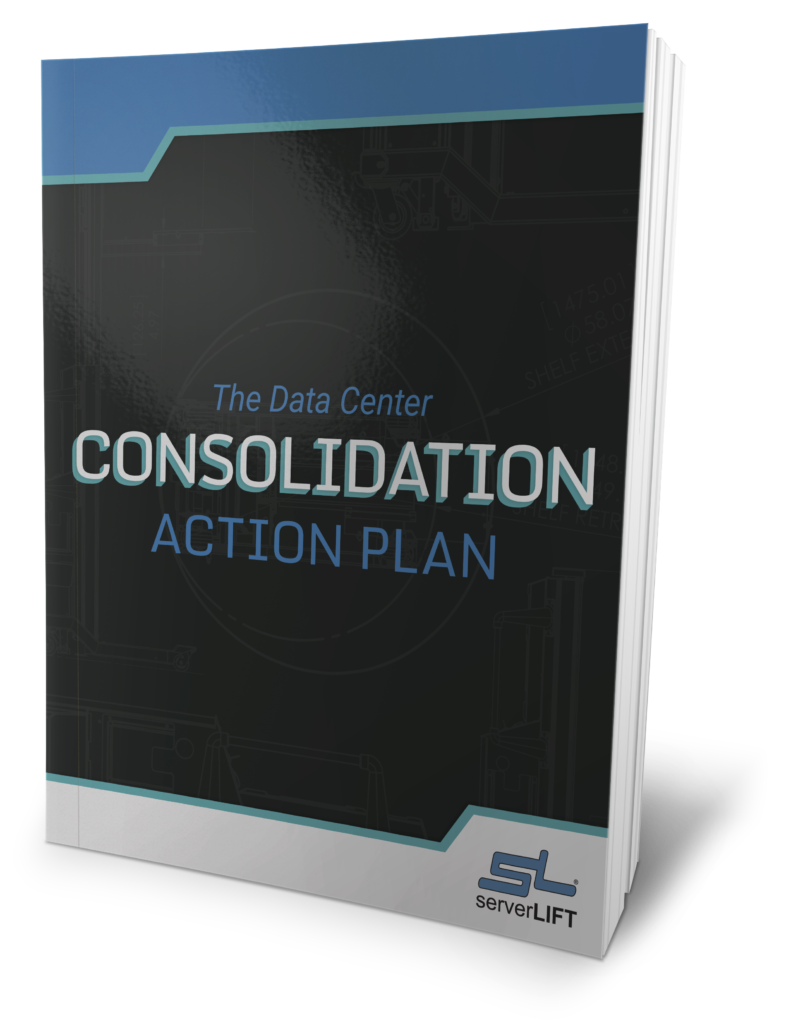In the best of times, managing and operating a data center can be rewarding and lucrative. The realities of what it takes to keep a data center healthy and profitable appear when challenges arise.
The world is currently experiencing economic uncertainty and data centers are grappling with their own economic challenges. With some foresight into what may happen next and the ability to adapt, data centers may be better positioned to surmount obstacles and remain in growth mode.
Here are nine (9) of the current biggest challenges data centers face. Unless significant developments revolutionize the way data centers operate, these factors may continue to cause issues in data centers for the foreseeable future.
1. Sustainability regulations
New sustainability regulations impact data center operations. Government crackdowns on carbon emissions, power consumption, and other factors for projected environmental benefits make running a successful data center more difficult.
An additional complication is that data center sustainability is still a growing science, with current equipment falling short of the goals that will significantly reduce the environmental impact of most facilities. Many data center managers do want to reduce emissions, cut back on power usage, and work toward a greener future. However, all new technology simply isn’t affordable or feasible for many facilities still running on legacy systems.
The abundance of new regulations adds more complexity. Managers often find it difficult to determine what rules apply to their situations. One must check federal, state, and local guidelines while adhering to industry best-practices at the same time.
2. Staffing shortages
A recent Uptime survey found that staffing is a daunting challenge for data centers today.
Attracting and retaining qualified talent is as difficult now as it has been for the past decade. Approximately two-thirds of data centers that responded to the survey cited staffing shortages as a significant problem.
The silver lining is that these numbers haven’t increased over the past few years. So while staffing is a problem, it seems to be a stable problem. Managers can expect their current difficulties with attracting and keeping qualified data center workers to stay unchanged in the near future.
3. Expensive outages
Data center outages have been steadily decreasing over the past few years (according to the same Uptime survey), but outages costs are very high.
Just over 50 percent of survey respondents say that severe outages typically cost them upwards of $100,000, with 16 percent saying their most recent outages have cost $1 million or more.
Addressing outage causes can help prevent them. However, solutions aren’t always financially viable for smaller facilities, since power disruptions top the list of root causes for outages. With upgrades, data centers could build in extra redundancies and upgrade their existing equipment to mitigate power failures, but until these upgrades are more affordable, many facilities remain at risk.
4. Challenges with cooling
With great power comes great responsibility to maintain adequate cooling for data center equipment. Data center power demands have never been greater than they are now. In the 1990s, an entire rack might consume about 5kW on average; today, a single server can draw twice that amount easily. Some projections anticipate racks consuming more than 80kW on average very soon.
The most advanced air cooling methods are challenged by ever-increasing power consumption and heat production. Many data centers will have to isolate their highest power equipment and provide extra cooling to those sites in addition to the facility-wide cooling already in place. This additional cooling may include adopting liquid cooling technology or upgrading outdated systems.
5. Facility constraints
Older data centers might not be equipped to handle today’s power demands, and smaller areas may not have adequate space for cooling. Unfortunately, there’s not much a data center manager can do to combat these facility limitations in the short term.
6. Supply chain issues
Data centers have not been immune to disruptions in the supply chain. Many data centers are now dealing with higher costs for components and uncertain delivery timelines. This makes it difficult to commit to deadlines since there are no guarantees.
7. Rising prices
Supply chain and economic conditions have contributed to price escalations no one could have foreseen. Inflation is affecting data centers as much as other businesses and everyday consumers. Until economic easing occurs, prices may remain high and volatile for the immediate future.
8. Dwindling power availability
Data center power usage is a massive drain on surrounding power grids. It’s uncertain whether current power grids can meet the demands of more and more data centers.
Some energy companies have informed data centers that electricity for newly constructed facilities won’t be available for years. Understandably, this has caused data centers in those areas to find alternate places to begin construction.
Finding a new location might not always be easy. Several places around the world, including Ireland, the Netherlands, and Singapore, have placed halts on new data center construction to avoid the power drain. And Silicon Valley, perhaps one of the most famous centers of technology and innovation, is experiencing problems supplying consistent power to facilities with high demand.
This power unavailability presents challenges to building new facilities for expansion. This could increase costly outages caused by power disruptions in existing facilities.
9. Possible economic turbulence
While the world economy is not as robust as it should be, so far economic policymakers have been able to stave off a global downturn. However, that doesn’t mean there still might not be some sort of recession in the next 12 months. It’s impossible to know for certain.
Some data centers are poised to weather the storm better than others. Day-to-day operations haven’t been affected too dramatically by the uncertain economic future. Customers are still paying, business is still active, and modern facilities without an urgent need to upgrade equipment are well-positioned to wait out the current conditions.
These data center challenges may seem daunting at the moment. But the future isn’t necessarily bleak. It’s simply unpredictable. Savvy and adaptable data center managers will endure the coming months and years with their businesses intact.






